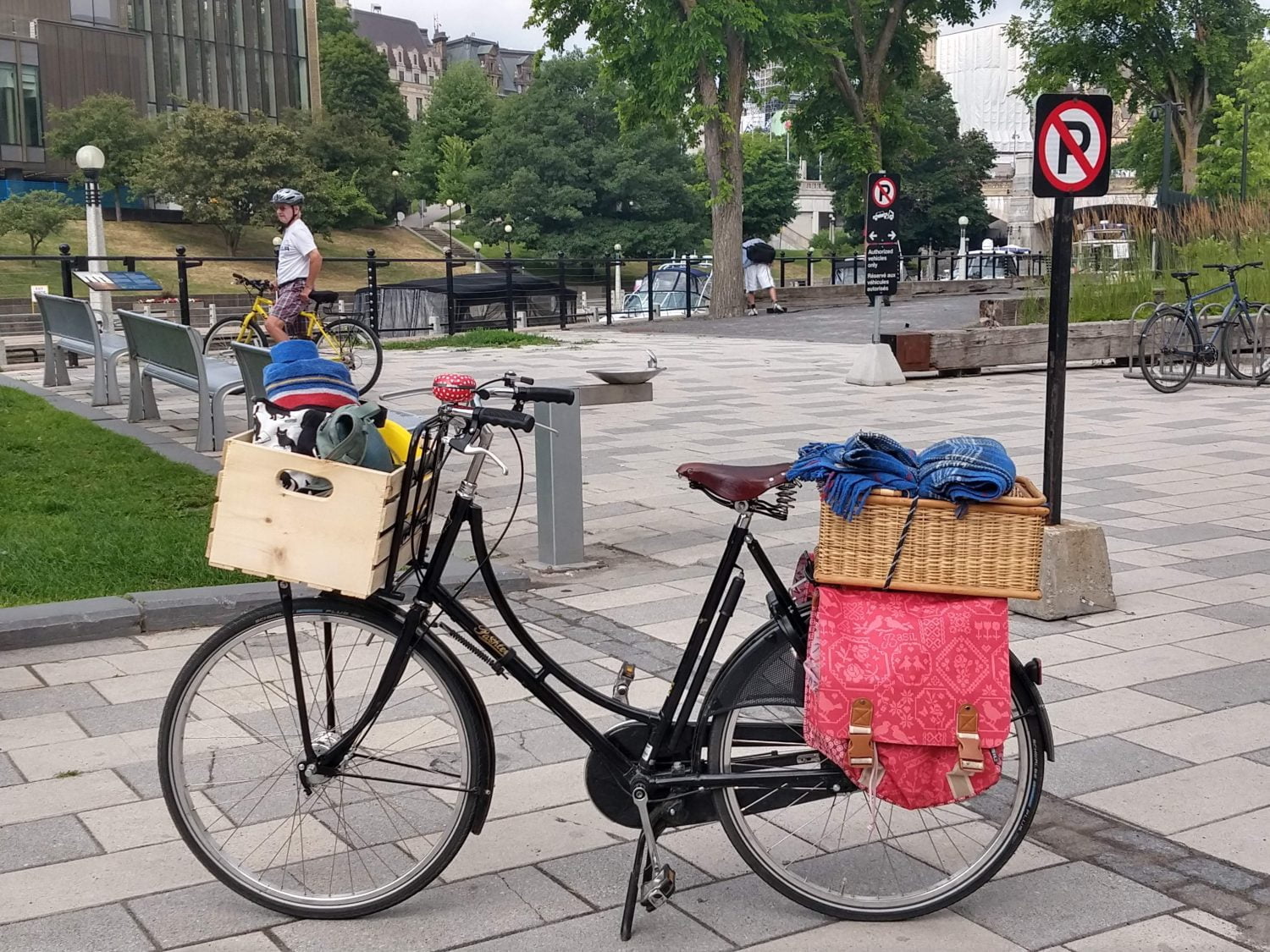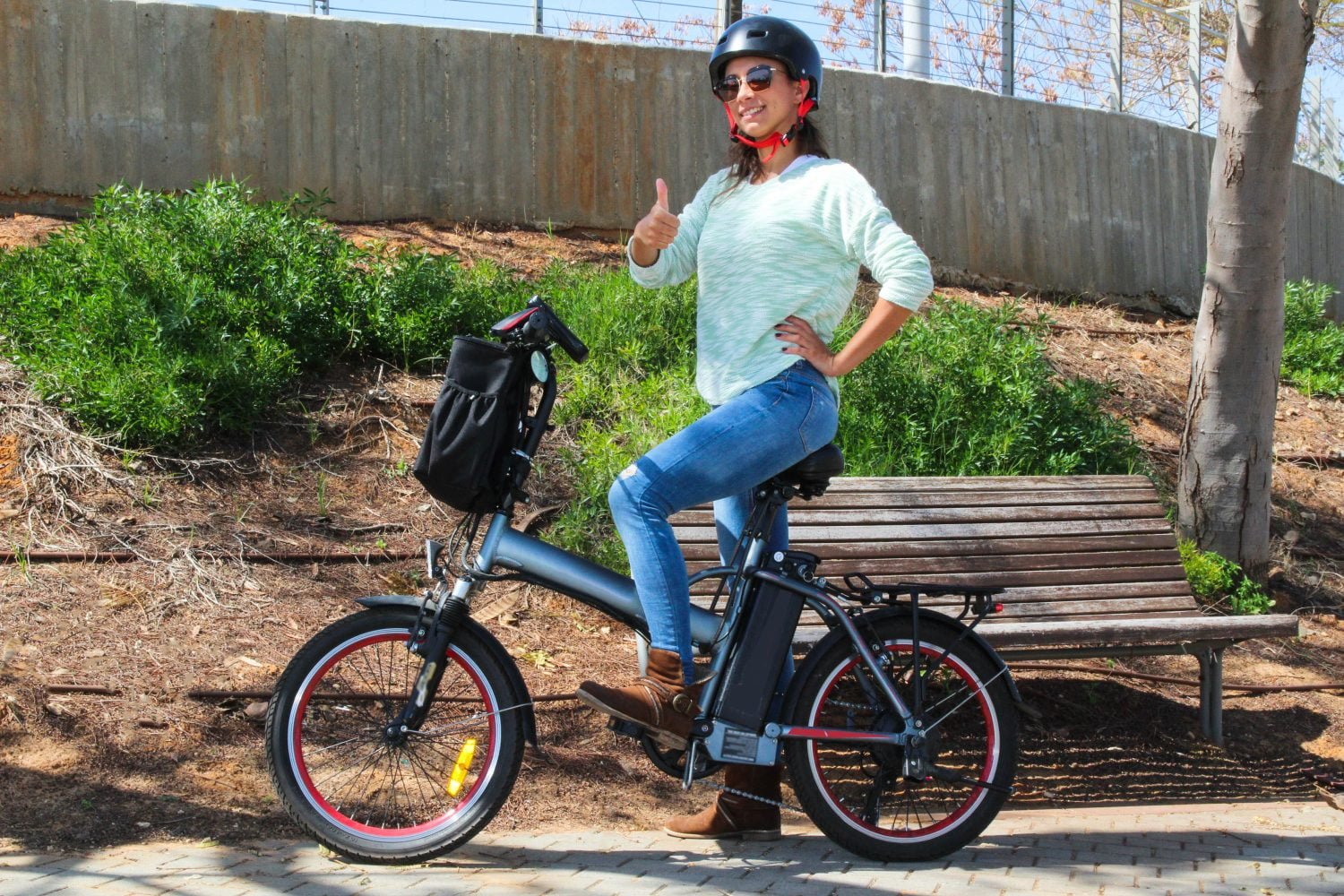Maybe you’re looking to save money, or breathe more fresh air. Perhaps you want to get a bit more exercise into your day, or escape the morning gridlock, or be one of the cool parents who drops their kids off right at the door because that’s where the bike racks are. There are many reasons to consider shifting away from a car-for-transportation default, but it’s not always so easy as just, well, taking your bike instead of your car.
As we shift into spring, this is the perfect time to re-consider what might help you make that choice more frequently, and be prepared and ready to go!
There’s no single answer that will be right for everyone, so instead here are three things to think about to make sure you find the right options for you.
Consider your route
Route planning is one of the best first steps in making a change in transportation behaviour, because your mental map likely includes busy roads that you wouldn’t feel comfortable biking on. But it’s well worth spending a few minutes to find parallel routes that you may never know existed.
There are several map options that can help you out, including Bike Ottawa’s interactive maps, GeoOttawa, and the Ottawa-NCC Cycling map (paper or virtual versions available). It’s helpful to compare these maps and routes with what you see on Google Maps to decide whether it’s something you’d be comfortable getting to. Google Maps on its own is not great at cycling directions in Ottawa, so take its suggestions with a grain of salt (a grain of road salt, perhaps)!
You may also want to consider whether getting directly to your destination is possible, and making use of a Park and Ride or Park and Bus multi-modal trip would make better sense. Some people make use of empty parking lots nearer safe cycling infrastructure to bike the rest of the way.
Consider also whether your destination can be changed. This of course won’t work for work or school commutes, but there may be a grocery store or bakery or even kid’s activity that is easier to bike to than the one you would normally attend. Reconsidering some of these other regular trips to try biking instead of driving is a great way to avoid some unnecessary car trips.
Once you have a route that you think might work, try it out in a low-pressure situation (i.e. before you need to use it) to see if it’s comfortable. If not, is there anything you could do differently next time? Route planning can change constantly, and even seasoned cyclists are often finding new routes.
Retraining your mental maps of a city will not happen overnight and it’s OK to take it slow! Try to find one destination and route you’re comfortable with, give it a try this spring, and see how you start experiencing the city differently.
Determine what your vehicle needs to do for you – and kit it out accordingly
Few people buy a car simply because it will take them from A to B. Other considerations come into play, like whether you need to install car seats, carry large volumes of groceries or work equipment, or whether it’s comfortable to climb in and out.
Similarly, a bike that’s suited to your needs will help you leave the car at home for more outings. And fortunately, a lot of these needs can be addressed with some simple accessories!
A rear rack with two large panniers can carry work items for most office workers, including a change of clothes (there are even suit carriers that are designed to fit over the rear rack of a bike). Panniers are also a great option for groceries and can easily fit enough food for two people for a week. Add a front basket or a trailer and the carrying capacity increases even further.
Kids over about 9 months can also be carried safely in seats specifically designed to be added to most bikes, and rear trailers are an option for carrying kids 12 months or older. Always make sure to check the specific age and weight requirements of the seat and the rear rack if you plan on a rack-attached seat to be sure it will work for you.

Finally, if you’re looking for the perfect ride for specific needs, you may want to consider a different bike entirely. Changing to a more upright bike with a low step-through frame can help with arm, back, or hip pain, and e-bikes help overcome hills, longer distances, knee and joint challenges, or carrying heavier loads. There are also bikes specially designed for specific injuries or ailments, like reclining bikes or tricycles. There are even bikes designed to carry heavier riders than the average bike is designed for!
For families looking for a car replacement, an e-cargo bike may be the best bet. These can carry up to 4 kids – and groceries for all of them – and often have optional weather covers for the kid/cargo area. They often have very easy to adapt seat heights so two parents can share one vehicle. These types of bikes generally come with a hefty price tag, but many families use them as a replacement for a second family car, and end up saving money in the long term.
Ask for help
If there’s one thing to be said about people who bike, it’s that we love helping get other people biking, so feel free to reach out for help.
For example, a colleague who currently bikes to work can give you the information on how to get a pass for the secure workplace bike parking. A parent dropping their kid off by cargo bike likely know the best safe routes in the neighbourhood, or which roads to avoid. And online, places like workplace groups, parent groups, and using locally cycling hashtags (for Ottawa, it’s #OttBike) will usually bring in some supportive suggestions!
Although we think bikes make great vehicles for a wide variety of tasks for many people, don’t forget to be kind to yourself. If you don’t enjoy biking in the rain, that’s fine. If you can’t bike everywhere, that’s fine! If you can’t bike at all, but find ways to cut down on car use anyway by trip chaining or using transit, that’s amazing too!
Even those of us who bike all the time have limits, and finding yours is an important part of the process. Just remember – every km not driven saves you money and helps the environment, and that’s something to feel good about.
Interested in more resources to help you choose sustainable transportation and cycling in your every day life? Check out the Let’s Bike Month campaign for resources, workshops, community events and more.
